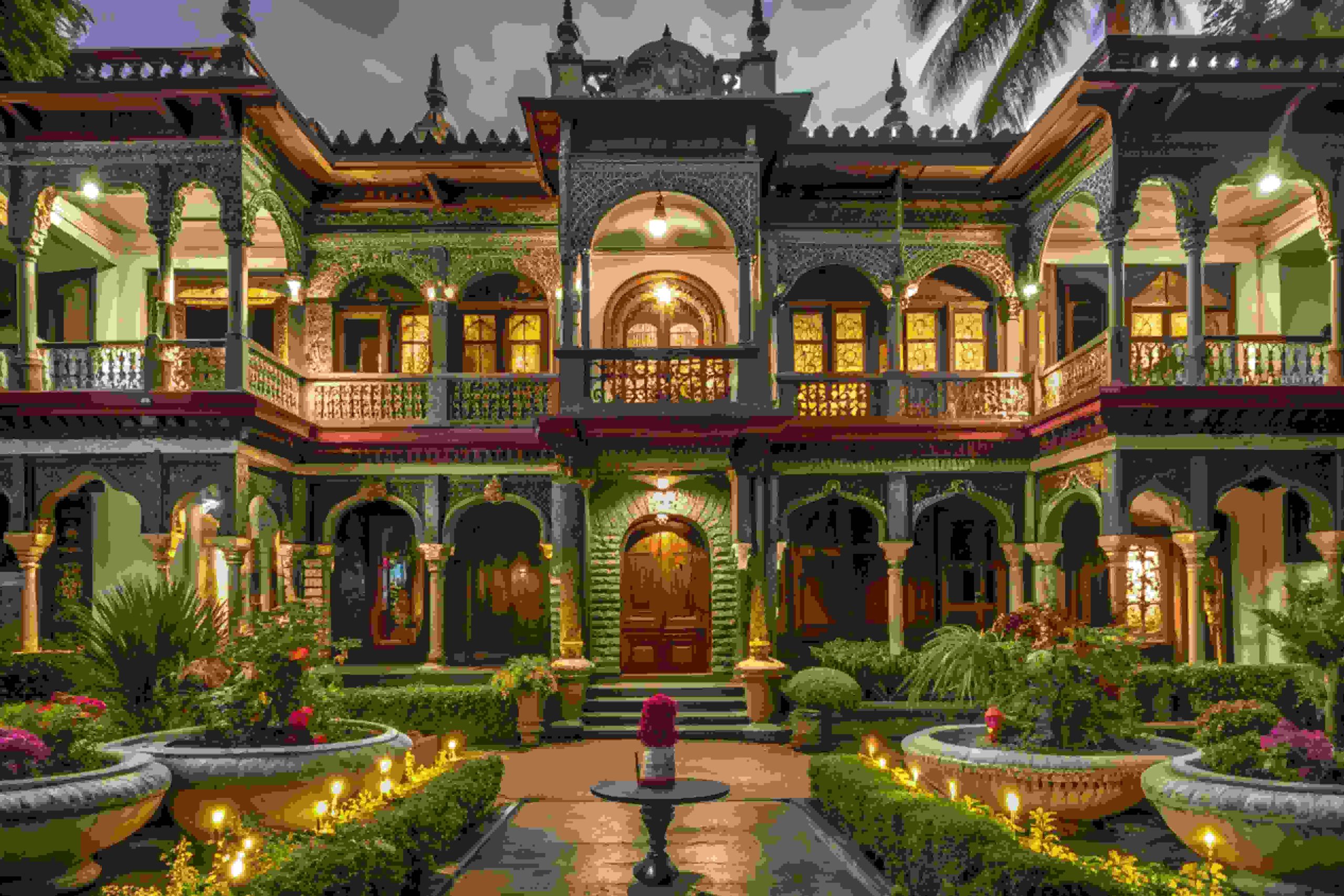-
Table of Contents
“Unveiling Italy’s Secrets: A Journey Through Its Hidden Villages.”
Introduction
Italy, a country renowned for its rich history, stunning landscapes, and vibrant culture, also harbors a treasure trove of hidden villages that often go unnoticed by the typical tourist. In my quest to uncover these lesser-known gems, I embarked on a journey through the picturesque countryside, winding through ancient cobblestone streets and immersing myself in the local traditions. From the enchanting hilltop towns of Tuscany to the serene coastal villages of the Amalfi Coast, each hidden village revealed its own unique story, steeped in history and charm. This exploration not only deepened my appreciation for Italy’s diverse heritage but also allowed me to connect with the warm-hearted locals who preserve their customs and way of life. Join me as I recount my adventures through these captivating hidden villages, where every corner turned offered a new discovery and a glimpse into the soul of Italy.
Discovering The Enchantment Of Civita Di Bagnoregio
Nestled atop a hill in the Italian region of Lazio, Civita di Bagnoregio is a remarkable testament to the beauty and history that characterize Italy’s hidden villages. Often referred to as the “dying town,” this enchanting locale has captivated visitors with its stunning vistas and rich cultural heritage. As I embarked on my journey to explore this unique destination, I was immediately struck by the breathtaking landscape that surrounded the village. The rolling hills, dotted with olive groves and vineyards, create a picturesque backdrop that seems to have been plucked from a Renaissance painting.
Upon arriving at the foot of the hill, I was greeted by a long footbridge that connects Civita di Bagnoregio to the nearby town of Bagnoregio. This bridge, while seemingly simple, serves as a vital lifeline for the village, which has faced significant challenges due to erosion and depopulation over the years. As I crossed the bridge, I felt a sense of anticipation, eager to uncover the secrets that lay within the ancient walls of this remarkable settlement. The moment I stepped into Civita di Bagnoregio, I was transported back in time. The narrow cobblestone streets, flanked by medieval stone buildings, exuded an air of history that was palpable. Each corner I turned revealed charming piazzas, quaint shops, and inviting cafes, all of which contributed to the village’s enchanting atmosphere.
One of the most striking features of Civita di Bagnoregio is its stunning architecture, which reflects a blend of Etruscan, Roman, and medieval influences. As I wandered through the village, I marveled at the intricate details of the buildings, from the ornate doorways to the terracotta roofs that have weathered the passage of time. The Church of San Donato, located in the main square, stands as a focal point of the village, its façade adorned with beautiful frescoes that tell stories of the past. Stepping inside, I was enveloped by a sense of tranquility, as the soft light filtered through the stained glass, illuminating the sacred space.
In addition to its architectural wonders, Civita di Bagnoregio offers a rich tapestry of cultural experiences. The village is home to a small but vibrant community, where artisans and local residents continue to uphold traditional crafts. I had the pleasure of meeting a local potter, who graciously shared his passion for his craft and the significance of preserving these age-old techniques. Engaging with the locals not only deepened my appreciation for the village but also provided insight into the challenges they face in maintaining their way of life amidst the pressures of modernity.
As the sun began to set, casting a warm golden hue over the landscape, I found myself reflecting on the profound beauty of Civita di Bagnoregio. The village, with its rich history and stunning vistas, serves as a reminder of the importance of preserving such hidden gems. My exploration of this enchanting destination was not merely a journey through a picturesque village; it was an invitation to connect with the past and appreciate the resilience of a community that continues to thrive against the odds. In this way, Civita di Bagnoregio stands as a beacon of hope, inspiring visitors to seek out and cherish the hidden treasures that Italy has to offer.
Unveiling The Secrets Of Matera’s Sassi
Nestled in the heart of Basilicata, the ancient city of Matera is renowned for its unique cave dwellings, known as the Sassi. This UNESCO World Heritage site offers a glimpse into a bygone era, where the interplay of natural rock formations and human ingenuity has created a landscape that is both breathtaking and historically significant. As I embarked on my journey to explore the hidden villages of Italy, Matera’s Sassi stood out as a destination steeped in mystery and charm, beckoning me to uncover its secrets.
The Sassi di Matera consists of two main districts, Sasso Caveoso and Sasso Barisano, each characterized by its own distinct architectural style and historical significance. As I wandered through the narrow, winding streets, I was immediately struck by the ancient stone structures that seemed to rise organically from the rocky hillside. These dwellings, carved directly into the limestone, date back thousands of years, and their resilience against the elements is a testament to the ingenuity of the early inhabitants. The atmosphere was imbued with a sense of timelessness, as if the very stones held the whispers of generations past.
Transitioning from one alleyway to another, I discovered the intricate network of caves that once served as homes, churches, and even communal spaces. Many of these caves are adorned with frescoes and remnants of ancient artifacts, providing a tangible connection to the lives of those who once inhabited them. The juxtaposition of the rugged exterior and the delicate artistry within these spaces was striking, revealing a culture that thrived in harmony with its environment. As I explored further, I encountered local artisans who continue to practice traditional crafts, preserving the rich heritage of Matera while simultaneously contributing to its vibrant contemporary culture.
Moreover, the Sassi is not merely a relic of the past; it is a living community that has undergone a remarkable transformation in recent years. Once considered a symbol of poverty and neglect, Matera has embraced its historical significance and has become a focal point for cultural tourism. This revitalization has led to the restoration of many cave dwellings, which have been converted into boutique hotels, restaurants, and galleries. As I indulged in the local cuisine, I was delighted by the flavors that reflected the region’s agricultural bounty, with dishes featuring fresh vegetables, homemade pasta, and locally sourced meats. Each meal was a celebration of the land, further deepening my appreciation for the connection between the people and their environment.
In addition to its culinary delights, Matera’s Sassi offers a wealth of opportunities for exploration and discovery. The surrounding landscape, characterized by dramatic ravines and rolling hills, invites outdoor enthusiasts to embark on hiking trails that reveal stunning vistas and hidden gems. As I ventured beyond the city, I encountered ancient rock churches adorned with Byzantine frescoes, each telling a story of faith and resilience. The serenity of the countryside provided a stark contrast to the bustling streets of the Sassi, allowing for moments of reflection and connection with nature.
Ultimately, my exploration of Matera’s Sassi was not just a journey through time; it was an invitation to engage with a culture that has thrived against the odds. The secrets of this remarkable city are woven into its very fabric, and as I departed, I carried with me a profound appreciation for the resilience of its people and the beauty of their heritage. In unveiling the secrets of Matera, I discovered not only the history of a place but also the enduring spirit of a community that continues to inspire and captivate all who venture into its embrace.
Experiencing The Timeless Charm Of Castellina In Chianti
Nestled in the heart of Tuscany, Castellina in Chianti is a village that embodies the timeless charm and rich cultural heritage of Italy. As I embarked on my journey to explore this hidden gem, I was immediately captivated by its picturesque landscapes, characterized by rolling hills adorned with vineyards and olive groves. The air was fragrant with the scent of ripe grapes, a testament to the region’s long-standing tradition of winemaking. This enchanting village, steeped in history, offers visitors a unique glimpse into the rustic beauty and simplicity of rural Italian life.
Upon my arrival, I was greeted by the warm hospitality of the locals, who take great pride in their heritage. The village itself is a delightful blend of medieval architecture and modern comforts, with narrow cobblestone streets that wind their way through charming piazzas. As I strolled through the village, I marveled at the ancient stone buildings, many of which date back to the 12th century. Each structure tells a story, and the intricate details of the architecture reflect the craftsmanship of generations past. The vibrant colors of the flowers cascading from window boxes added a touch of life to the serene surroundings, creating a postcard-perfect scene.
One of the highlights of my visit was the opportunity to explore the local wineries, where I learned about the traditional methods of winemaking that have been passed down through the ages. The passionate winemakers shared their knowledge and expertise, guiding me through the process of producing Chianti Classico, a wine renowned for its quality and character. Tasting the rich, full-bodied wines while overlooking the breathtaking vineyards was an experience that truly encapsulated the essence of Castellina in Chianti. The combination of exquisite flavors and stunning views made for an unforgettable afternoon.
In addition to its wine, Castellina in Chianti is also known for its culinary delights. I indulged in the local cuisine, which is characterized by fresh, seasonal ingredients and traditional recipes. Dining at a family-owned trattoria, I savored dishes such as pici cacio e pepe and ribollita, each bite bursting with flavor and authenticity. The communal atmosphere of the restaurant, filled with laughter and conversation, further enhanced my appreciation for the region’s culinary heritage. It became evident that food is not merely sustenance in Castellina; it is a celebration of community and culture.
As I continued to explore, I discovered the surrounding countryside, which is dotted with charming hamlets and breathtaking vistas. Hiking along the scenic trails allowed me to immerse myself in the natural beauty of the region, where the golden hues of the sun setting over the hills created a magical ambiance. The tranquility of the landscape provided a perfect backdrop for reflection, allowing me to appreciate the slower pace of life that characterizes this part of Italy.
In conclusion, my exploration of Castellina in Chianti revealed a village that is rich in history, culture, and natural beauty. The timeless charm of this hidden gem is evident in its architecture, culinary traditions, and the warmth of its people. As I departed, I carried with me not only memories of exquisite wines and delicious meals but also a profound appreciation for the simplicity and authenticity that define life in this enchanting corner of Italy. The experience was a reminder of the beauty found in the hidden villages, where time seems to stand still, inviting visitors to savor every moment.
Conclusion
In conclusion, exploring the hidden villages of Italy revealed a rich tapestry of culture, history, and breathtaking landscapes. Each village offered unique experiences, from local culinary delights to ancient architecture, allowing for a deeper understanding of Italy’s diverse heritage. This journey not only enriched my appreciation for the country’s lesser-known gems but also fostered a sense of connection with the local communities and their traditions.














